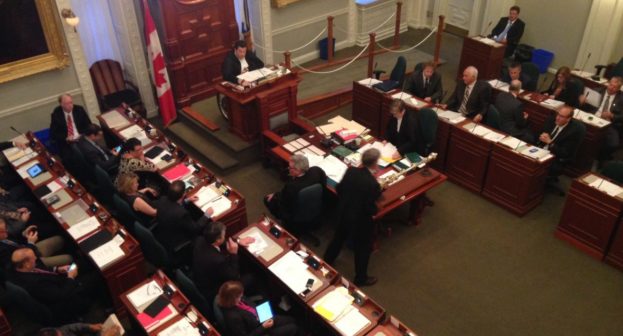Many non-profits, I know, occasionally rely on votes by their boards solicited by email. Is this a good idea? When ought it be used? Is it even legal? Curious about the practice I thought I would investigate.
board motions
Managing Board Resignations
The resignation of a volunteer board member or director is not an uncommon occurrence. Typically it is because the person finds themselves unable to fulfill their duties. Personal or family matters or new work commitments can unexpectedly get in the way of their continued board involvement. And, it can occur too as a result of a conflict on the board. A person is unhappy with recent happenings or decisions and is unwilling to continue serving.
It is the latter kind of situation that recently sparked some advice from me to a group. But the cause of a resignation, or preventing them, is not the focus of this post. Regardless of the reason for a board departure they need to be handled properly. This is not complicated governance territory but, much to my own surprise, I discovered that there are important considerations one should be aware of.((Helpful in writing this post was Mary Childs’ 2020 piece Canada: Directors of Not-for-Profits and Charities_ Resignation, Removal and Replacement published by Mondaq))
Do we need a motion for that?
Have you ever been uncertain about whether an item to be decided by your board requires a formal motion? Perhaps your board flirts with some version of “Robert’s Rules” even though no one really knows them? Maybe your board follows past practices with respect to making motions with no idea of where the procedures came from, or what could be improved. If any of this is true, you are in good company.
You might be surprised to know that here is no universally accepted or prescribed set of procedures that non-profit boards must follow in their deliberations and decisions. Yes, there are a set of meeting procedures many people have heard of called Robert’s Rules, but that is not where I am going here.



